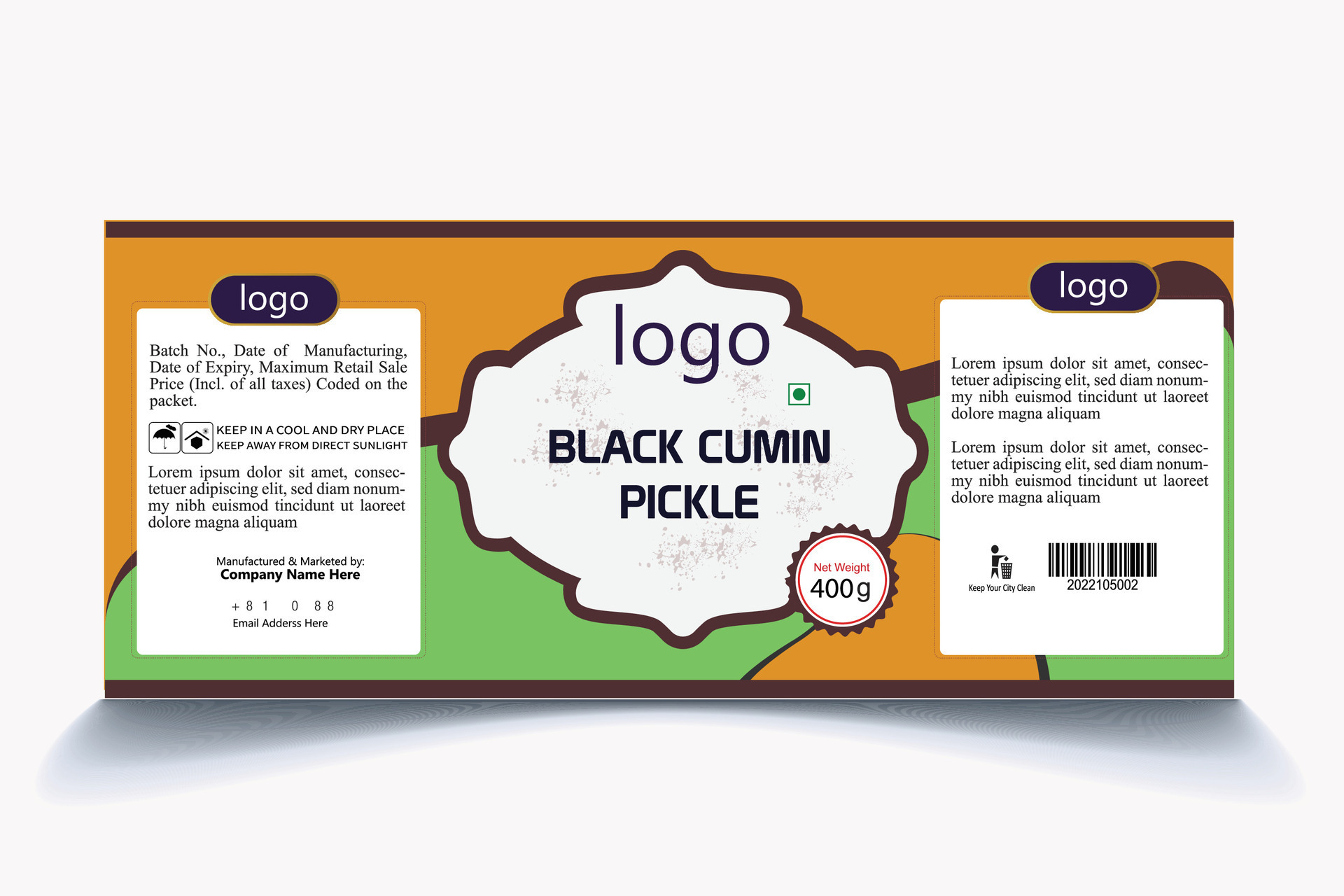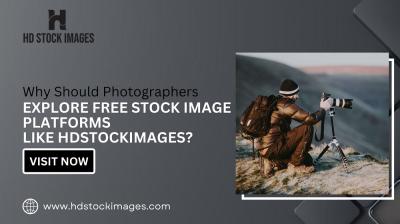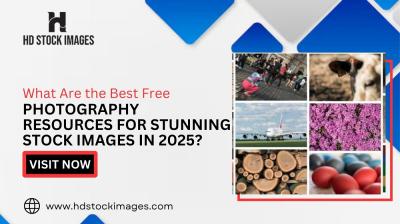When it comes to creating eye-catching product labels, visuals play a pivotal role. That's where 123RF Images comes in. This extensive stock photo library offers a treasure trove of images, vectors, and videos that can elevate your branding game. Whether you're designing for a new beverage line or refreshing an old product, 123RF has something that fits your needs. Let’s dive deeper into what makes 123RF a go-to resource for creatives like you.
Understanding Licensing for Stock Images

Before you dive into using stock images, it's crucial to understand the different types of licenses available. 123RF offers a variety of licensing options, each tailored for specific usage scenarios.
1. Royalty-Free License: This is the most common type of license. It allows you to use the images multiple times without paying additional fees. However, it’s important to note that the images can also be used by others, so exclusivity is not guaranteed.
2. Extended License: If you want more rights, like the ability to use the image for merchandise or in a product for resale, consider an extended license. This license usually comes at a higher cost but grants you more control over how the image is used.
3. Editorial License: This license is perfect for images used in articles or blogs, especially if they relate to current events. However, you can’t use editorial images for commercial purposes, so be mindful of your project’s goals.
To help you decide, here’s a quick comparison:
| License Type | Usage | Cost | Exclusivity |
|---|---|---|---|
| Royalty-Free | Multiple uses, non-exclusive | Lower | No |
| Extended | Commercial resale, exclusive rights | Higher | Yes |
| Editorial | News-related, non-commercial | Varies | No |
Always read the fine print for each license before making a purchase. Understanding these licensing details ensures you're using images legally and can save you from potential legal headaches later on. With the right knowledge, you can confidently choose images that not only enhance your product labels but also align with your branding strategy.
Also Read This: Why 123RF Is a Go-To Platform for Stock Photos
3. Can You Use 123RF Images on Product Labels?
Absolutely! Using 123RF images on product labels can be a fantastic way to enhance your brand's visual appeal. However, there are a few important considerations to keep in mind. First, let’s talk about what makes an image suitable for product labels.
When selecting an image, think about your product's identity and your target audience. For instance, if you’re designing labels for organic skincare products, you might want to choose images that convey freshness and nature, like botanical illustrations or serene landscapes. A vibrant image can help catch the eye of potential customers, making your product stand out on the shelf. But remember, it's not just about aesthetics; it’s also about compliance with licensing agreements.
To use 123RF images for product labels, you'll need to ensure that the image license allows for such usage. Most standard licenses cover web use and digital media, but product packaging often requires an extended license. This is where knowing the licensing details becomes essential.
Here’s a quick rundown of things to consider:
- License Type: A standard license might not suffice for product labels, so check if an extended license is necessary.
- Image Modifications: Some licenses allow modifications, while others may not. Make sure you understand your rights regarding image alterations.
- Attribution: Determine if you need to credit the creator, even if the image is licensed. Some licenses might require this.
In summary, using 123RF images on product labels is entirely feasible, provided you choose the right images and have the appropriate licenses. The goal is to create stunning labels that not only reflect your brand but also comply with licensing regulations, ensuring you can sell your products without any worries.
Also Read This: The Expensive Side of Getty Images: Factors Determining Their Premium Pricing
4. Types of Licenses Offered by 123RF
When diving into the world of stock images, understanding the types of licenses available is crucial. At 123RF, they offer a variety of licenses to cater to different needs. Here’s a breakdown of the main types:
| License Type | Description | Usage Rights |
|---|---|---|
| Standard License | Ideal for personal or commercial projects, but with limitations. | Web, social media, and print (up to a certain number of copies). |
| Extended License | Broader usage rights, perfect for product packaging. | Unlimited print runs and inclusion in merchandise. |
| Editorial License | For non-commercial use, typically related to news, blogs, and magazines. | No commercial gain; used for informative purposes only. |
Each license type comes with its unique set of permissions and restrictions, so it's essential to choose the one that aligns with your project goals. For example, if you’re creating marketing materials or packaging for a new product line, opting for an Extended License ensures you can use the images without worrying about print limits or other restrictions.
In conclusion, understanding the various license types available at 123RF helps you make informed decisions about your image usage. By selecting the appropriate license, you can creatively design your product labels while staying compliant, making sure your brand shines brightly in the marketplace.
Also Read This: Alamy vs 500px: Choosing the Right Platform for Selling Photos
5. How to Properly Attribute Images from 123RF
Attributing images correctly is crucial when using stock photos from 123RF. While many users think that simply crediting the source is enough, there are specific guidelines you need to follow. Let’s break it down!
1. Understand the License Type: Before you use an image, make sure you know what type of license it has. 123RF offers standard and extended licenses, and the attribution requirements can vary. For instance, images under a standard license typically require attribution, while those under an extended license might not.
2. Include the Creator's Name: When attributing, always include the photographer's name or the username associated with the image. This can be done as a simple line beneath the image. For example:
Photo by Username on 123RF
3. Use the Right Format: The format of your attribution can vary depending on where you're using the image. For blog posts, it’s common to place the credit below the image. For social media, you may want to include it in the caption. Make sure your attribution is clear and visible.
4. Check for Specific Instructions: Occasionally, 123RF images may come with specific attribution requirements. Always check the image details page for any additional instructions. This ensures you’re compliant with their usage policies.
5. Keep it Consistent: If you’re using multiple images, maintain a consistent format for attributions. This not only looks professional but also makes it easier for your audience to recognize and appreciate the sources of the images you use.
By following these guidelines, you’ll ensure that you’re properly attributing images from 123RF while respecting the rights of creators. Remember, proper attribution fosters goodwill and supports the creative community!
Also Read This: The Best Practices for Downloading From 123RF
6. Common Misconceptions About Stock Image Licensing
When diving into the world of stock images, misconceptions can lead to legal issues and confusion. Let’s clear the air on some of the most common misunderstandings surrounding stock image licensing, particularly with platforms like 123RF.
1. “All Stock Images are Free to Use”: Just because some stock images are available for free doesn’t mean all are. While 123RF offers a selection of free images, most come with a cost, and using them without proper licensing can result in penalties.
2. “Once Purchased, You Can Use the Image Forever Without Restrictions”: Not true! Each license has specific limitations, like how and where you can use the image. For example, using an image for a commercial project might require a different license than for personal use.
3. “Attribution is Optional”: As mentioned earlier, many stock images require proper attribution. Some users believe that as long as they pay for the image, they don’t need to credit the creator. This is misleading and can lead to copyright infringement.
4. “I Can Modify Any Image as I Wish”: While many licenses allow for modifications, not all do. It’s essential to read the licensing agreements thoroughly. Some images might have restrictions against alterations.
5. “All Stock Images are of Low Quality”: This is a stereotype! Platforms like 123RF have a vast library of high-quality images that can rival those from professional photographers. It's all about searching for the right ones!
Understanding these misconceptions will help you navigate the world of stock images more effectively, allowing you to use visuals in your projects legally and creatively. Always take the time to read the licensing agreements to ensure you’re fully compliant!
Also Read This: Using 123RF to Build a Professional Brand Identity
7. Alternatives to 123RF for Product Labels
While 123RF is a fantastic resource for sourcing quality images, you might be curious about other options available for product labels. There are a few noteworthy alternatives that can provide a diverse range of visuals, each with its own unique offerings. Here are some you might want to consider:
- Shutterstock: Known for its extensive library of high-quality images, Shutterstock offers millions of visuals suitable for product labels. Their search functionality is robust, making it easy to find exactly what you need.
- Adobe Stock: If you're already using Adobe products, Adobe Stock seamlessly integrates with them. This platform provides access to a wide variety of assets, including images that work well for product labeling.
- iStock: A subsidiary of Getty Images, iStock boasts a collection of high-resolution images. They often have exclusive content, which can give your product labels a unique touch.
- Depositphotos: With flexible subscription options, Depositphotos offers millions of images at competitive prices. Their interface is user-friendly, making the image selection process quick and efficient.
- Pexels and Unsplash: If you're looking for free options, both Pexels and Unsplash provide high-quality images contributed by talented photographers. They’re great for startups or small businesses with tight budgets.
Each of these platforms has its own licensing agreements and pricing structures, so it’s essential to read through the details to ensure they align with your needs. For example, while free resources are appealing, they may come with limitations in use. Always consider the quality, uniqueness, and licensing agreements of the images when choosing an alternative. This way, you can maintain the integrity and branding of your product labels while still finding the perfect visual representation.
8. Conclusion and Best Practices for Image Use
Choosing the right images for your product labels is crucial for effective branding and marketing. Whether you’re using 123RF or exploring alternatives, here are some best practices to keep in mind:
- Check Licensing: Always ensure you understand the licensing terms for any image you use. This includes knowing whether the image can be used for commercial purposes and if any attribution is required.
- Opt for High-Resolution Images: Higher resolution images are essential for printing. They prevent pixelation, ensuring your labels look professional and polished.
- Stay Consistent with Branding: Choose images that reflect your brand’s identity. Consistency in style, color, and visual elements can enhance brand recognition.
- Test Combinations: Don’t hesitate to mix and match different images and design elements. Sometimes, a fresh combination can create a standout label that captures attention.
- Gather Feedback: Before finalizing your labels, consider getting feedback from colleagues or focus groups. They can provide insights into how the image resonates with your target audience.
In conclusion, using images effectively on product labels can significantly impact your brand’s success. By carefully selecting visuals that align with your message and adhering to best practices, you can create compelling and attractive labels that draw customers in. Happy labeling, and remember to keep your visuals fresh and engaging!
 admin
admin








